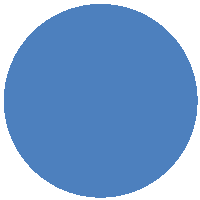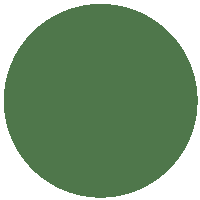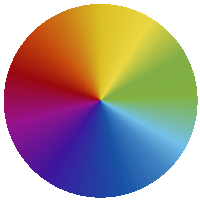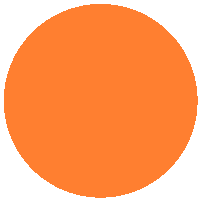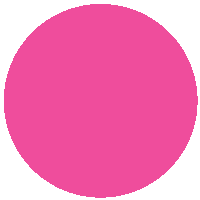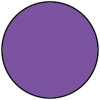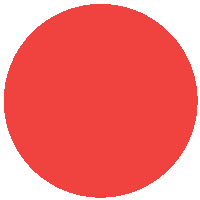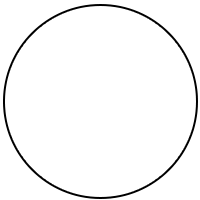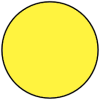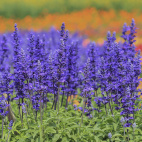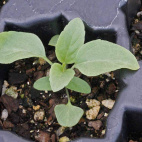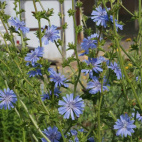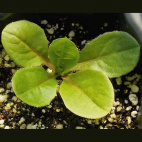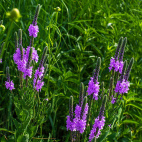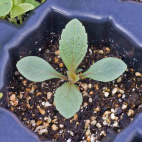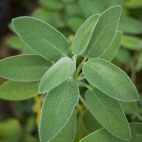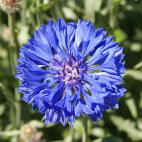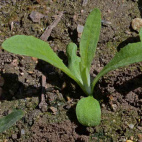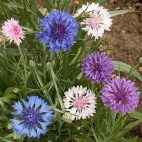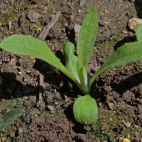Color
Availability
USDA Zone
Region
Type
Duration
Season
Germination
Soil
Sunlight
Height
Use
Narrow Your Search
Color
Availability
USDA Zone
Region
Type
Duration
Season
Germination
Soil
Sunlight
Height
Use
Wildflower Seeds - Northern Region
The Northern region is home to our Canadian friends in the eastern provinces, as well as the northern-most part of the Eastern US. This area is characterized by a long, cold winter with lots of snow, and a short humid summer that only lasts about 3 or 4 months. Most of the area is classified as a UDSA Growing Zone 4 or less, and the species that grow here have interesting ways to perpetuate themselves in spite of the short growing season. There are a lot of forests and wetlands in this region, so adequate moisture is hardly ever a problem. Look up your growing zone to make sure that the Northern wildflower seeds that you want to grow are winter hardy. Alternatively, just order annual flower seeds online so that the plant does not need to make it through the winter, but can reseed itself and come back from seed the next year.
-
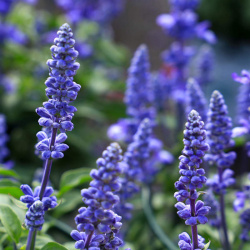 On Sale!
Blue Sage Seeds
Salvia farinacea
Dressed in vivid blue, these wildflower spikes are easy to grow. This perennial comes from Texas, so it can tolerate a lot of heat and drought. This plant has a wild habit and may look a little unruly in a refined garden.Quick View$3.48 Pkt - $15.72 / Oz
On Sale!
Blue Sage Seeds
Salvia farinacea
Dressed in vivid blue, these wildflower spikes are easy to grow. This perennial comes from Texas, so it can tolerate a lot of heat and drought. This plant has a wild habit and may look a little unruly in a refined garden.Quick View$3.48 Pkt - $15.72 / Oz -
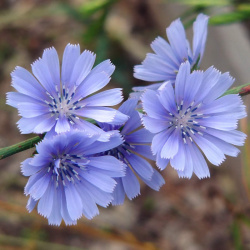 Chicory Seeds
Cichorium intybus
These stunning electric blue blooms are a feast for the eyes. This wildflower is so easy to grow that some gardeners consider it to be invasive. The leaves of the plant are edible and make nutritious salads.Quick View$2.98 Pkt - $6.67 / Oz
Chicory Seeds
Cichorium intybus
These stunning electric blue blooms are a feast for the eyes. This wildflower is so easy to grow that some gardeners consider it to be invasive. The leaves of the plant are edible and make nutritious salads.Quick View$2.98 Pkt - $6.67 / Oz -
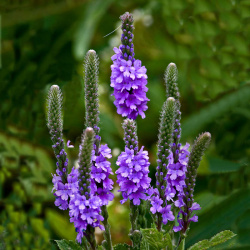 On Sale!
Hoary Vervain Seeds
Verbena stricta
This is the hairy member of the vervain family that sports larger flowers than the cousins. It also is different in that it thrives in dry soils, instead of the damp stuff that the cousins prefer. But like the cousins, this native perennial does attract butterflies and pollinators.Quick Viewx
On Sale!
Hoary Vervain Seeds
Verbena stricta
This is the hairy member of the vervain family that sports larger flowers than the cousins. It also is different in that it thrives in dry soils, instead of the damp stuff that the cousins prefer. But like the cousins, this native perennial does attract butterflies and pollinators.Quick ViewxHoary Vervain Seeds
Verbena stricta
This is the hairy member of the vervain family that sports larger flowers than the cousins. It also is different in that it thrives in dry soils, instead of the damp stuff that the cousins prefer. But like the cousins, this native perennial does attract butterflies and pollinators.
$3.48 Pkt - $12.65 / Oz -
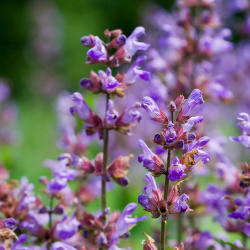 On Sale!
Kitchen Sage Seeds
Salvia officinalis
Perfect for the herb garden, these pungent gray-green leaves can add flavor to meats, stuffing, or tea. It is also known as Broadleaf Sage and has been used in medicinal and culinary gardens for centuries.Quick View$3.48 Pkt - $11.47 / Oz
On Sale!
Kitchen Sage Seeds
Salvia officinalis
Perfect for the herb garden, these pungent gray-green leaves can add flavor to meats, stuffing, or tea. It is also known as Broadleaf Sage and has been used in medicinal and culinary gardens for centuries.Quick View$3.48 Pkt - $11.47 / Oz -
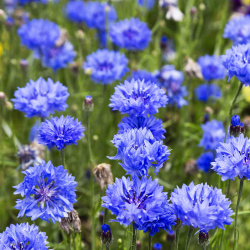 On Sale!
Tall Blue Bachelor Button Cornflower Seeds
Centaurea cyanus
Perhaps the most recognized feature of this annual wildflower is its famous shade of cornflower blue. These easy-to-grow beauties reach a medium height and are at home in every carefree garden.Quick View$3.48 Pkt - $5.96 / Oz
On Sale!
Tall Blue Bachelor Button Cornflower Seeds
Centaurea cyanus
Perhaps the most recognized feature of this annual wildflower is its famous shade of cornflower blue. These easy-to-grow beauties reach a medium height and are at home in every carefree garden.Quick View$3.48 Pkt - $5.96 / Oz -
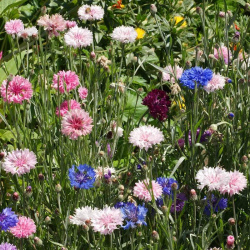 On Sale!
Tall Bachelor Button Cornflower Seed Mix
Centaurea cyanus
Shades of red, white, pink, and blue will brighten any corner of the garden with this favorite old-fashioned annual. The longer stems of this variety are perfect for fresh or dried flower arrangements.Quick View$3.48 Pkt - $5.96 / Oz
On Sale!
Tall Bachelor Button Cornflower Seed Mix
Centaurea cyanus
Shades of red, white, pink, and blue will brighten any corner of the garden with this favorite old-fashioned annual. The longer stems of this variety are perfect for fresh or dried flower arrangements.Quick View$3.48 Pkt - $5.96 / Oz
The Northern region is home to our Canadian friends in the eastern provinces, as well as the northern-most part of the Eastern US. This area is characterized by a long, cold winter with lots of snow, and a short humid summer that only lasts about 3 or 4 months. Most of the area is classified as a UDSA Growing Zone 4 or less, and the species that grow here have interesting ways to perpetuate themselves in spite of the short growing season. There are a lot of forests and wetlands in this region, so adequate moisture is hardly ever a problem. Look up your growing zone to make sure that the Northern wildflower seeds that you want to grow are winter hardy. Alternatively, just order annual flower seeds online so that the plant does not need to make it through the winter, but can reseed itself and come back from seed the next year.
